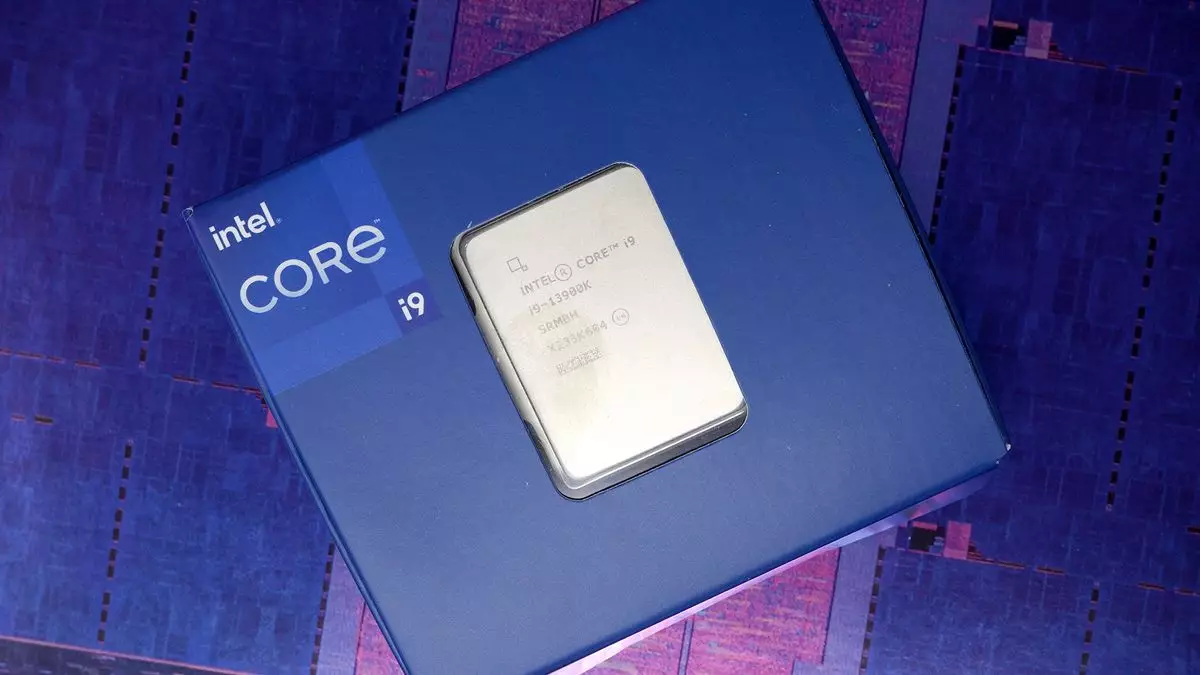In an era where sustainability and environmental consciousness are more crucial than ever, many consumers are encountering an unsettling paradox. Take, for instance, the experience of ordering something as mundane as an eyebrow pencil. The excitement of receiving this beauty product can quickly morph into disillusionment upon discovering it encased in an overwhelmingly large cardboard box. This scenario highlights a widespread issue: products are often shipped in boxes much larger than necessary. While it’s fortunate that most of this packaging is recyclable, the reality of such wastefulness remains alarming.
This sentiment rings particularly true when applied to the world of technology, where the packaging for components like CPUs often generates significant anxiety about environmental impact. The typical CPU box is often filled to the brim with styrofoam packing peanuts—an unyielding material that is notorious for its environmental footprint as it heads straight for landfills after use. Fortunately, the tide is beginning to turn, particularly with the implementation of new regulations aimed at combatting excessive waste.
As of February 11, new regulations from the European Union are set to reshape how products are packaged. The updated Packaging and Packaging Waste Regulation (PPWR) aims to minimize excessive packaging while ensuring that all packaging materials in the EU are recyclable by 2030. This ambitious initiative not only seeks to reduce the environmental burden of packaging but also addresses consumer concerns about wasteful practices.
One question that often arises is whether these regulations will impact bundled accessories, particularly for CPUs. These cooler bundled components, while useful to some, frequently come under scrutiny regarding their necessity. The regulations put forth by the European Commission grant manufacturers an 18-month period to adapt their practices. This transition period holds the promise of a less wasteful future and serves as an opportunity for tech companies to innovate sustainably.
The issue of electronic waste often stirs up concerns regarding how modern technology is encroaching on the planet’s health. Beyond packaging, the e-waste dilemma faces consumers with daunting questions about responsible disposal and recycling options for obsolete items. As governments enact stricter regulations on e-waste, a consensus is forming around the importance of designing products that are easier to recycle and repurpose. The PPWR aligns with this ethos, offering guidelines that encourage more sustainable practices within the tech industry.
Consumers are increasingly becoming advocates for sustainable practices, and they have come to expect that brands reflect these values. We see a growing advocacy for standardized charging ports or comprehensive right-to-repair legislation, which ensures that consumers have the ability to maintain and repair their products without excessive hurdles. The new regulations on packaging mark another step in this direction, echoing the call for a responsible tech economy.
While the new regulations are certainly promising, they also carry the weight of responsibility for manufacturers. Transitioning to environmentally friendly packaging solutions may require innovative thinking and investment, which can be challenging for some businesses. Yet, the opportunity for collaboration and growth in the field of sustainable packaging is immense. Companies that adopt ecological packaging now could stand to benefit from positive consumer perception and the brand loyalty that often accompanies responsible practices.
Additionally, the general public must remain engaged and informed. By holding brands accountable for their packaging choices, consumers can actively participate in the push for more sustainable practices. It is clear that while regulations are necessary, consumer advocacy plays a powerful role in shaping the future of packaging in the tech industry.
There is hope on the horizon, as new EU regulations signal a shift towards a more responsible and environmentally conscious approach to packaging. The potential benefits extend beyond aesthetics and convenience, delving into the realm of global sustainability. As we navigate this transition period, both manufacturers and consumers must collaborate to ensure that the future of tech development aligns with our collective responsibility to the planet.

